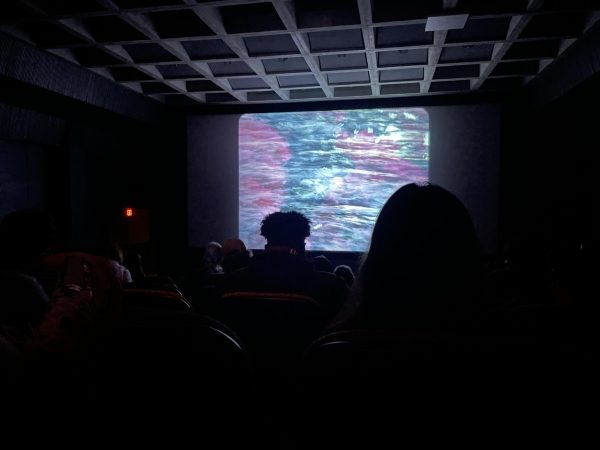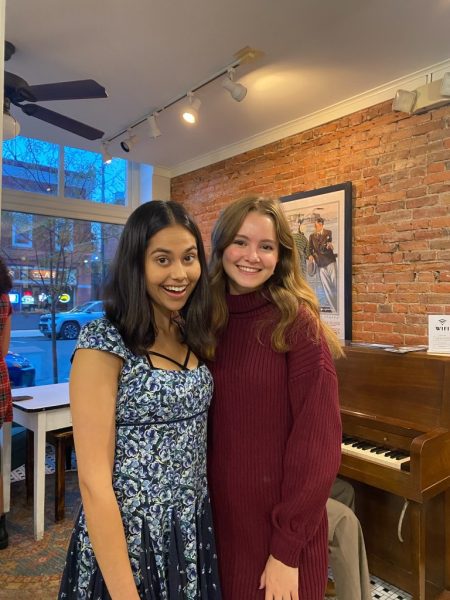Art and Art History Lecture Explores Graphics as Political Tools
In February of 2021, The Art History department at Colgate started a series of conversations and lectures as part of the “Graphic Liberation: Perspectives on Image Making and Political Movements” installment. These events are organized by artist Josh MacPhee, who is the founder of the “Justseeds Artists’ Cooperative,” a network of artists who share a communal commitment to social, environmental and political engagement. The organization is made up of printmakers who collaborate from all over the world to advocate and support grassroots movements and fight injustice as they see it. MacPhee also acts as the current Christian A. Johnson Endeavor Foundation Artist-in-Residence, and is the author of Signs of Change: Social Movement Cultures 1960s to Now and Signal: A Journal of International Political Graphics and Culture. The installment includes a series of conversations with MacPhee, Colgate students, various creators of political graphics and other experts in the field. The Graphic Liberation series aims to explore the role of societal and cultural movements on the production, use and impact of political graphics.
The first installment of the series, which took place on Feb. 17, featured Avram Finkelstein, a founder of both the Silence=Death and Gran Fury collectives. The Silence=Death collective was started in response to the AIDS crisis as a means of spreading information and generating support for the cause. Similarly, the Gran Fury collective was another branch of the movement to raise awareness for the AIDS epidemic in 1987. It did not take long until the discourse surrounding the movement and the collective turned political. One of the main channels the collective used to protest were political graphics. By spreading their message outside of the traditional art and gallery spaces and exploring messaging through fliers, posters and billboards, they were able to reach a wider audience.
The visual platform for the conversation included five images, the first of which was the poster for the Silence=Death movement as it appeared in New York when the collective started. Finkelstein noted how the image took on a life of its own after its release, with the general public transforming images from the collective into several different mediums to increase its accessibility. These iterations included kitchen magnets, buttons and additional posters. The image’s transformative nature highlighted how art, in historical movements, holds power not only in the initial creation, but also in the response to it. The relationship that the images have with the public is as important as the initial meaning of the art itself. Finkelstein argued that these graphics can activate social spheres and political movements, as they carry with them the weight of their past. For the viewer, the packed political history of this art creates a different experience and reaction than simply seeing art in an institutional setting.
MacPhee noted, “One of the things that makes this image so powerful, is how it — whether consciously or not — deploys a number of sort of icon concepts and gestures that have been used by propagandists throughout history, and combines them into this sort of seamless goal.”
Finkelstein provided background about the details of the AIDS movement, which inspired the Silence=Death collective, as well as the importance of collaboration in political activism. The goal of the collective was to create open space where people could talk about AIDS in 1985.
Finkelstein said, “We tend to think of political organizing as this discrete thing … that you acquire or you own it, whether it’s knowledge or a physical object. But I don’t think political engagement is a thing. I think it’s a series of gestures that’s an ongoing. Consciousness raising means that each person takes the next step for them, and that will be a wide spectrum.” Towards the end of the presentation, it became apparent that a primary goal of political activism through graphics is to allow this ongoing consciousness raising to take a life of its own, and to give power to people from all walks of life, fighting for all causes.











Rob Roae • Feb 27, 2021 at 12:12 pm
Fascinating topic. Excellent. Can’t wait for next installment.